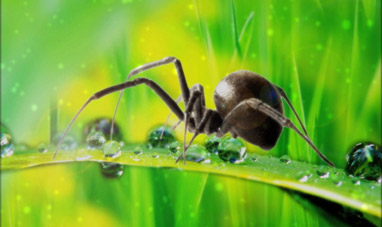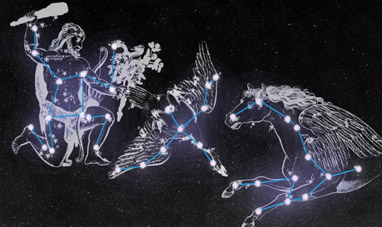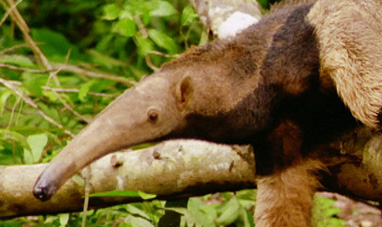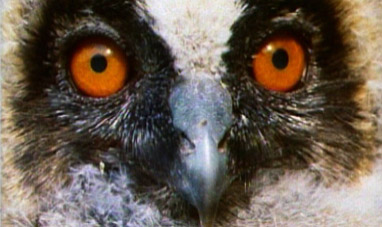Wolves are wild, carnivorous mammals that belong to the dog family. There are two species of wolves. The red wolf [Canis rufus] is exclusive to North America, while the gray, or timber, wolf was once common in Europe, Asia and North America. Wolves are medium-sized predators. Large adult wolves are 90 centimeters tall at the shoulder and weigh 60 kilos. Wolves are extremely intelligent and social. Up to 20 wolves live together in a pack. Packs are led by an alpha male and an alpha female. Some wolves, usually young males, live alone outside a pack. Packs are strictly hierarchical. A wolf must show submission to a higher-ranking wolf by lowering its head and putting its tail between its legs. Wolves use smell and noise to communicate. Howling brings the pack together and signals its presence to other packs. Wolves' keen senses of smell, sight and hearing, as well as their physical stamina, serve them well for hunting. Wolves hunting in packs can kill large prey like moose and buffalo. They can also defend themselves against dangerous rivals for food, like bears. Wolves are monogamous. Male and female wolves mate in the winter. After a two-month gestation period, a female gives birth to four to eight cubs. For about six weeks, cubs stay in the den with their mothers and drink her milk. Cubs then join the pack and are taken care of communally. Humans and wolves have an ancient relationship. Hunters admired wolves' bold hunting tactics and domesticated some wolves. Through selective breeding, these domesticated wolves became dogs. Shepherds, on the other hand, feared wolves as threats to their flock. Wolves are prominent in folklore. They are the villains of many fairy tales, but they are also positive figures in several tales. For example, a wolf suckled and fed Romulus, the legendary founder of Rome.
RELATED


HYBRID VEHICLE


BLACK WIDOW SPIDER


THE DIGESTIVE SYSTEM


CROCODILE


LOTUS PLANT


THE MOON


HYDROPOWER


PULSARS


BARRACUDA


COBRA


COMMON COLD


MANTA RAY


DROMEDARY


EAGLE


ANT


SEAL


THE PRAYING MANTIS


FLAMINGO


THE HEISENBERG PRINCIPLE


THE LIVER


STARS


HAIR


GULL


CITRUS FRUIT


SUPERNOVAS


CLOUD COMPUTING


THE HEART


CONSTELLATIONS


MARS


EBAY


GIANT ANT EATER


FLEA


GROUPER


QUANTUM PHYSICS


OWL


DESERTS
